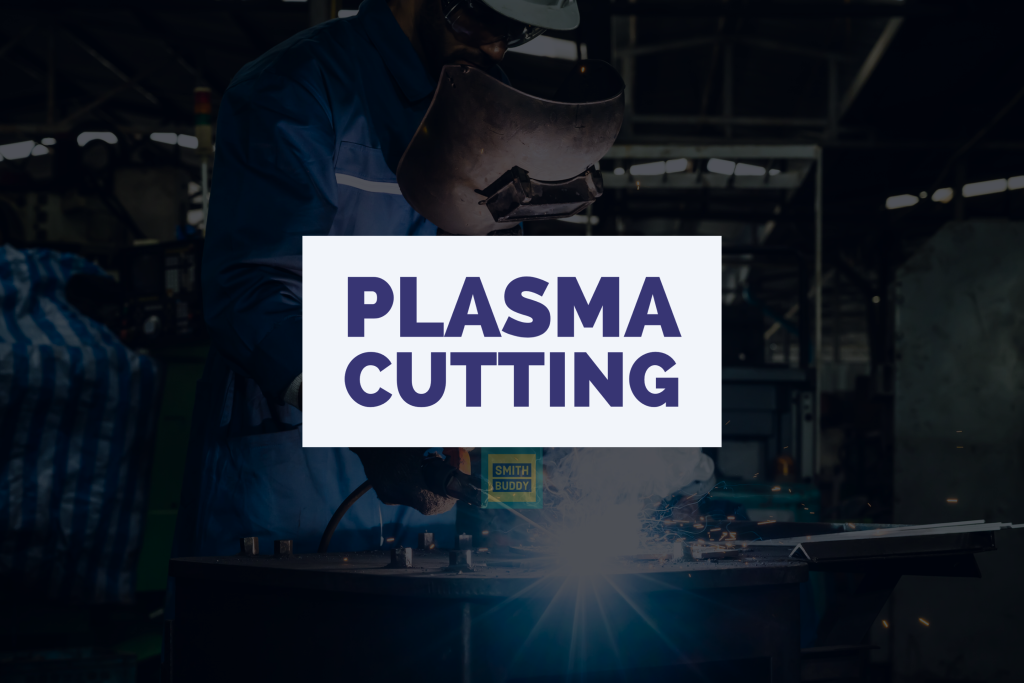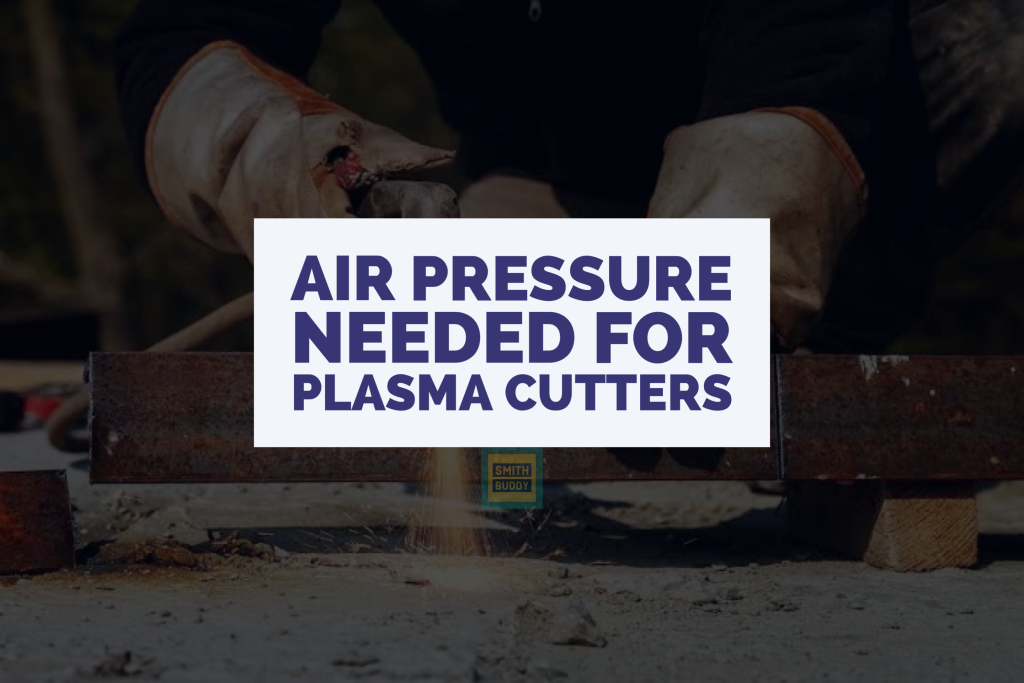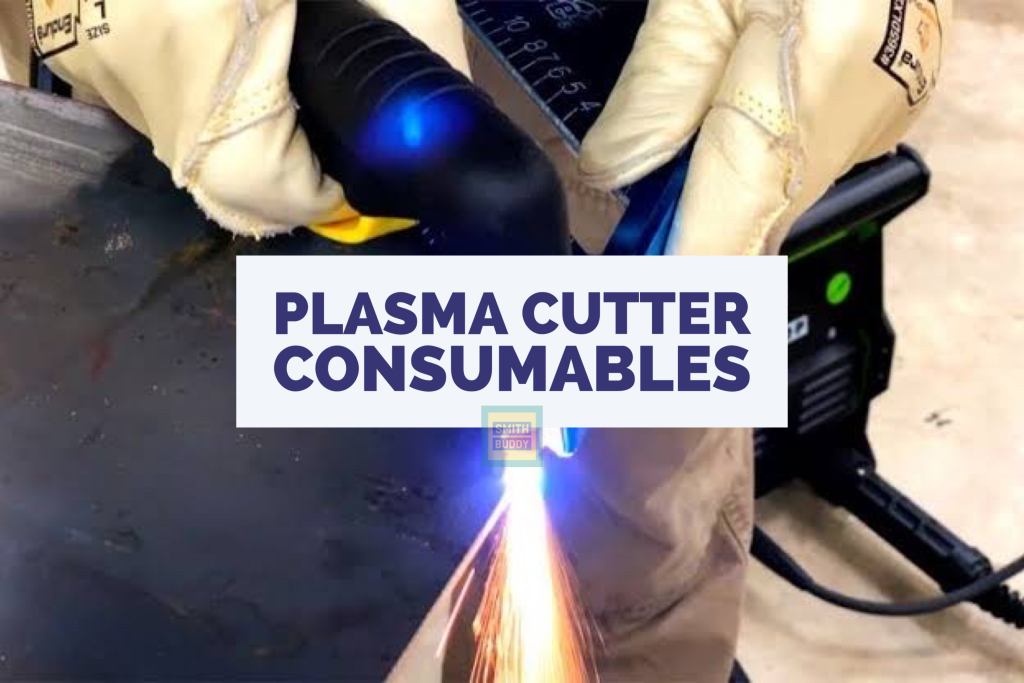Plasma cutting is a widely used metal cutting process that uses a high-temperature plasma arc to melt the metal and blow it away from the workpiece. One common issue that welders face when plasma cutting is the formation of a blow hole at the beginning and the end of the cut. In this blog, we will discuss what a blow hole is, what affects its formation, and how to reduce its size for a quality cut.
What is a BlowHole of Plasma Cutting?
A blowhole is a term used to describe a small hole that forms at the beginning and end of a plasma cut. It is called a blow hole because of its distinctive blue color, which is caused by the high temperature of the plasma arc. The blow hole is usually smaller than the rest of the cut and is often deeper, making it an undesirable feature of the cut.
What Affects the BlowHole Formation?
Several factors affect the formation of the blow hole, including:
- Pierce Delay: The pierce delay is the time between when the plasma arc is initiated and when the cutting process begins. If the pierce delay is too long, the plasma arc can create a larger-than-desired hole at the beginning of the cut, resulting in a larger blow hole.
- Consumable Wear: The wear on the plasma cutting consumables affects the plasma arc’s shape and intensity, which can lead to the formation of a blow hole.
- Travel Speed: The travel speed of the plasma cutter affects the depth and size of the cut. If the travel speed is too slow, the plasma arc can create a larger-than-desired hole at the beginning of the cut.
- Torch Angle: The angle of the plasma cutting torch affects the shape and intensity of the plasma arc, which can lead to the formation of a blow hole.
These are top-notch plasma cutters that reduce blow hole automatically.
How to Reduce the Size of the Blow Hole?
There are several ways to reduce the size of the blow hole and improve the quality of the cut. Here are some effective methods to consider:

Pierce Delay
Adjust the pierce delay ensuring that the plasma arc is initiated at the proper time. If the pierce delay is too long, the plasma arc can create a larger-than-desired hole at the beginning of the cut, resulting in a larger blow hole. A shorter pierce delay can help reduce the size of the blow hole.
Consumable Wear
Ensure that the plasma-cutting consumables are in good condition before starting the cut. If the consumables are worn, replace them to ensure that the plasma arc’s shape and intensity are optimal, reducing the blow hole’s size.
Travel Speed
Adjust the travel speed of the plasma cutter to ensure that the plasma arc creates a consistent and even cut. If the travel speed is too slow, the plasma arc can create a larger-than-desired hole at the beginning of the cut, resulting in a larger blow hole. Increasing the travel speed can help reduce the size of the blow hole.
Torch Angle
Ensure that the plasma cutting torch is held at the correct angle throughout the cut. The angle of the torch affects the shape and intensity of the plasma arc, which can lead to the formation of a blow hole. Holding the torch at a consistent angle can help reduce the size of the blow hole.
Illustration
Let’s take an example where a welder is cutting a 1-inch thick steel plate using a plasma cutter. The welder sets the pierce delay to two seconds, the travel speed to 10 inches per minute, and the torch angle at 45 degrees. After completing the cut, the welder notices a large blow hole at the beginning and end of the cut, affecting the quality of the cut.
To reduce the size of the blow hole, the welder can make the following adjustments:
- Pierce Delay: The welder can reduce the pierce delay to one second or less, ensuring that the plasma arc is initiated at the right time, reducing the size of the blow hole.
- Consumable Wear: The welder can inspect the plasma cutting consumables and replace them if necessary to ensure that the plasma arc’s shape and intensity are optimal, reducing the blow hole’s size.
- Travel Speed: The welder can increase the travel speed to 20 inches per minute or more, ensuring that the plasma arc creates a consistent and even cut, reducing the size of the blow hole.
- Torch Angle: The welder can adjust the torch angle to ensure that it is held at a consistent angle throughout the cut, reducing the size of the blow hole.
By making these adjustments, the welder can reduce the size of the blow hole and improve the quality of the cut, resulting in a more precise and clean cut.
Let’s Conclude
In conclusion, the blow hole is a common issue that welders face when plasma cutting. It is caused by several factors, including pierce delay, consumable wear, travel speed, and torch angle. By adjusting these factors, welders can reduce the size of the blue hole and improve the quality of the cut. It is essential to inspect and maintain the plasma-cutting consumables regularly to ensure that they are in good condition and provide optimal results. With the right adjustments and care, welders can achieve clean, precise, and high-quality cuts using a plasma cutter.





